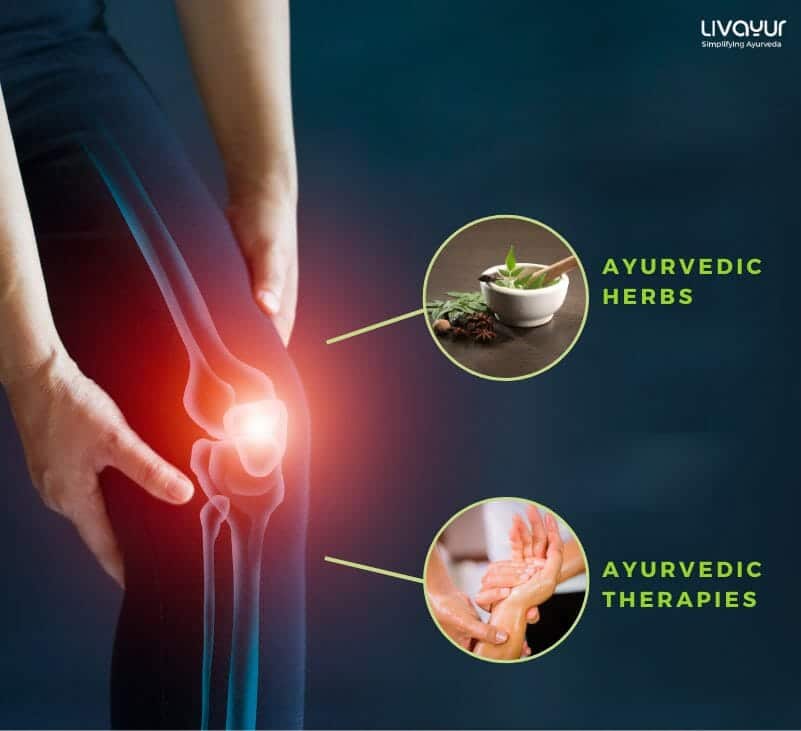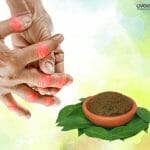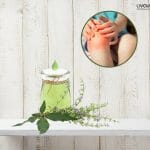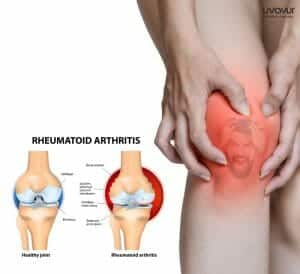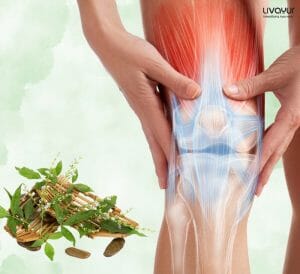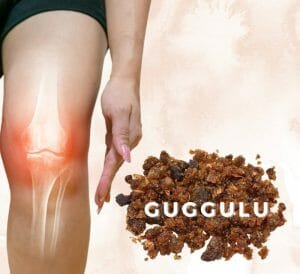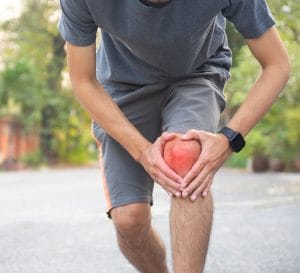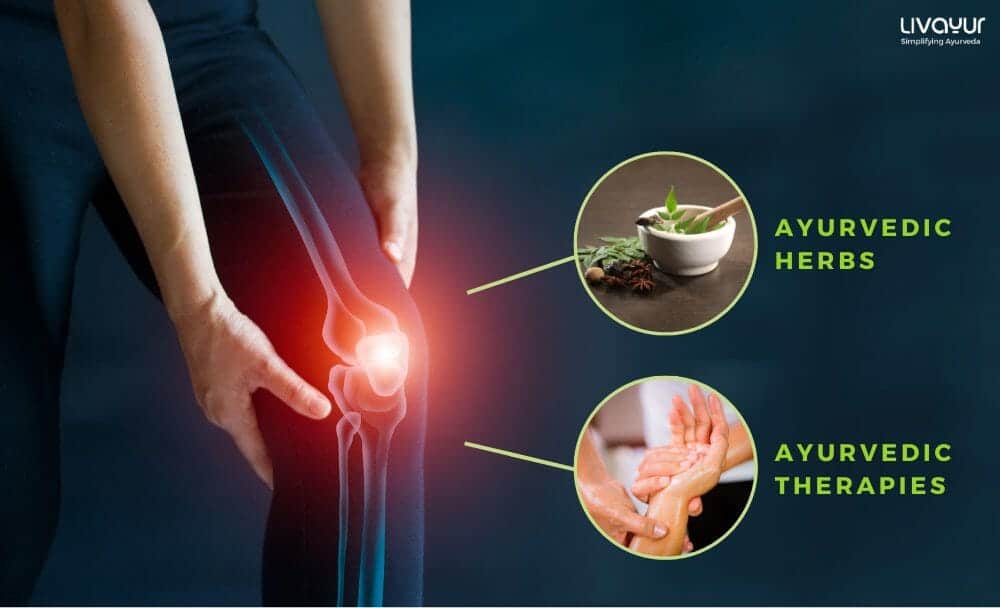
As we age, our body requires additional support to combat internal wear and tear. Like every machine with hinges and joints, our body, too, needs everyday movement, oiling, and consumption of material that is good for its functionality. It is well-accepted that aging is a significant contributing factor to the development of joint pain. The mechanisms responsible appear to be multifactorial and may include an age-related pro-inflammatory state that has been termed “inflamm-aging.” Typically, research and solution to joint and bone pain, both arthritic or rheumatic, traces their roots to ancient sciences across the globe. Arthritis and rheumatism sufferers seek treatment from diverse healthcare specialists: biomedical physicians, humoral practitioners, homeopaths, and various types of folk healers. Ayurvedic classic texts describe various types of rheumatic problems, and their pharmacopeias often contain more remedies for rheumatism and arthritis than for any other ailment.
Bone and joint pain can occur in response to numerous conditions including:
- Aging
- Trauma
- Infection
- Inflammation
- Autoimmune disease
- Genetic-driven disease states
- Joint and bone pathology associated with aging, and cancer
SYMPTOMS OF JOINT PAIN
Age-related joint pain can be systemic or local. Therefore, joint pain is of various types. The symptoms for some of these types are:
1. Osteoarthritis
Osteoarthritis (OA) is the most common form of arthritis in the world. Classically, OA presents with joint pain and loss of function; however, the disease is clinically very variable and can present merely as an asymptomatic incidental finding to a devastating and permanently disabling disorder. The presentation and progression of OA vary greatly from person to person. The triad of symptoms of OA is joint pain, stiffness, and locomotor restriction. Patients can also present with muscle weakness and balance issues.
2. Rheumatoid Arthritis
Rheumatoid arthritis (RA) is a chronic, symmetrical, inflammatory autoimmune disease that initially affects small joints, progressing to larger joints, and eventually the skin, eyes, heart, kidneys, and lungs. Often, the bone and cartilage of joints are destroyed, and tendons and ligaments weaken. All this damage to the joints causes deformities and bone erosion, usually very painful for a patient.
Common symptoms of RA include morning stiffness of the affected joints, fatigue, fever, weight loss, joints that are tender, swollen, and warm, and rheumatoid nodules under the skin. The onset of this disease is usually from the age of 35 to 60 years.
3. Bursitis
Bursitis is an inflammation in one of the small, fluid-filled sacs (bursae) often found near joints in the body. It can be very painful and limit mobility. The inflammation can result when too much pressure is put on one of these sacs (a bursa). There are over one hundred bursae in the human body, many of them near joints. If a bursa becomes inflamed, more fluid will build up inside it than usual. Doctors call this effusion. This leads to swelling that you can feel and see from the outside – especially if the inflamed bursa is right under the skin.
4. Gout
Gout is one of the most common causes of chronic inflammatory arthritis, characterized by monosodium urate (MSU) monohydrate crystals deposition in the tissues. Gout was first recognized even before the common era. Hence it is arguably the most understood and manageable disease among other rheumatic diseases. It is characterized by the abrupt onset of severe pain and swelling. The maximum inflammation occurs within 12 to 24 hours. Gout flare is typically monoarticular, often occurring in the lower extremities.
JOINT PAIN AND AYURVEDIC THERAPIES
People seeking to cure joint pain typically turn to the ancient wisdom of Ayurveda. Ayurveda is very effective in addressing degenerative skeleton-muscular conditions. Ayurveda recommends a holistic approach to treatment comprising diet, lifestyle, herbal medicines, and therapies for addressing degenerative joint conditions.
Imbibing an active lifestyle
An active lifestyle and a balanced diet go a long way in preparing your body for old age. Knee joint pain can also be reduced or escaped through this. According to research, increasing the intake of vitamin K also helps OA patients. Further, activities like yoga have been claimed to reduce pain, morning stiffness, state and trait anxiety, blood pressure, and pulse rate in patients with OA knees. Another aspect of an active lifestyle is stimulating the mind by rekindling an old hobby, spending time with nature, and contributing to society are some of the ways our emotional and moral strings are stimulated, resulting in a positive mind and graceful aging.
Consuming the right herbs & spices
Ayurveda prescribes various herbal medicines that help reduce joint issues in the elderly. For instance, Nirgundi is very effective when given orally, possessing specific properties that can check the Samprapti of joint disorders such as rheumatoid arthritis and osteoarthritis. It is very affordable, easily available, and highly effective in joint disorders. Umpteen pharmacological therapies are used for age-related joint pain treatment, however, these have high costs and serious side effects. An alternative to these can be herbal medications many of which have shown safer and better management of arthritis, such as Sunthi. They exhibit anti-inflammatory and anti-oxidant properties which help in reducing tissue inflammation and damage.
Practicing other Ayurvedic therapies
Since our body functions are directly dependent on the functioning of our brain, it becomes our responsibility to take care of our state of mind. Further, it is also very important to take quintessential external care of the body. Abhyanga therapies and certain yogic practices if inculcated in everyday life go a long way in providing the much-needed external and internal lubrication to joints and hinges that are lucrative for everyday movement. Sarva-hita-asana is a holistic system based on a traditional path of yoga that typically starts with a guided relaxation in a supine position (Anandasana) which is followed by the practice of physical postures (Asanas) and breathing exercises.
Postures are gradually introduced and evolved in intensity and complexity as the session advances. These can be modified according to individual functional limitations. Various such practices show a significant improvement in pain management due to joint issues.
While aging requires a lot more effort in order to support the body and its movement, it is imperative to realize that aging is just another aspect of our life. There may be several ailments waiting in line for us, but we can protect ourselves by following the ancient wisdom of Ayurveda. This will result in less anxiety about what old age holds for us. While old age seems daunting and full of challenges, following the wisdom our elders used to follow can make life ahead easier for us.




